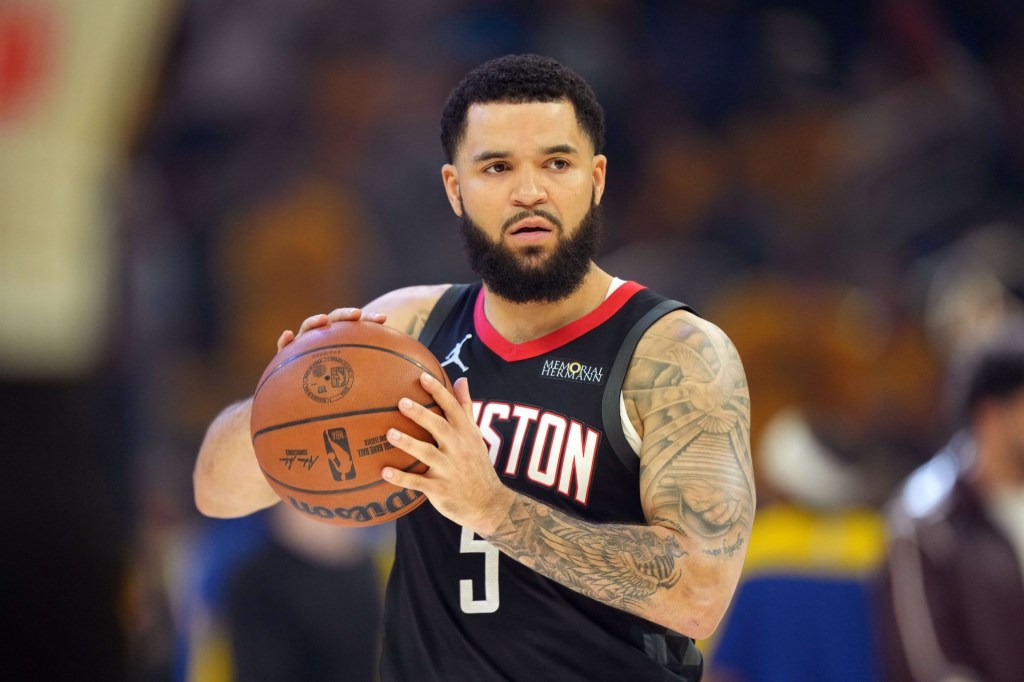Public-sector support for privately held sports organizations usually comes in the form of bond assistance or various taxes—whether it be a sales tax, hotel tax, rental car tax, ticket tax, or some other similar mechanism. But the latest episode in the long-running debate about the proper application of that support within sports is instead centered on bridge tolls or, more specifically, the loss of them.
New York’s Metropolitan Transportation Authority is now demanding roughly $750,000 per year from New York Road Runners, which organizes the famed TCS New York City Marathon. The money is seen by the MTA as compensation for toll revenue lost due to the closure of Verrazzano-Narrows Bridge, the picturesque site of the race’s start.
The marathon has used both the upper and lower spans of the bridge since 1988. But absent a compromise, the NYRR now faces a trio of primary options, each less than ideal for the organization:
- Make the payment and then increase the entrance fees for runners.
- Use only one span of the bridge and cut down the number of entrants.
- Use only one span but elongate the duration of the race to allow a similar number of participants—a choice that would require longer street closures along the rest of the course.
“New Yorkers love Marathon Sunday, but taxpayers cannot be expected to subsidize a wealthy non-government organization like the New York Road Runners,” said Catherine Sheridan, president of the MTA’s department of bridges and tunnels.
The dispute closely follows a rejection of proposed stadium funding for the Kansas City Chiefs and Royals by voters in Jackson County, Mo.
The NYRR’s response to date has been to cite the extensive boost to tourism and overall economic impact on New York that the race generates.
“The impact of the MTA’s request would represent a material change to the cost structure and would require an increase to how much runners pay to run the marathon, making it less affordable for local runners, and those who travel to New York City from around the world—both of whom contribute hundreds of millions of dollars to the city’s and state’s economy,” said NYRR spokesperson Crystal Howard.
The TCS New York City Marathon—and elite-level distance running overall—is in the midst of a large-scale renaissance. Last year’s race featured 51,402 finishers, marking the third-largest edition in the event’s history, and a similar figure is again expected this year.

















